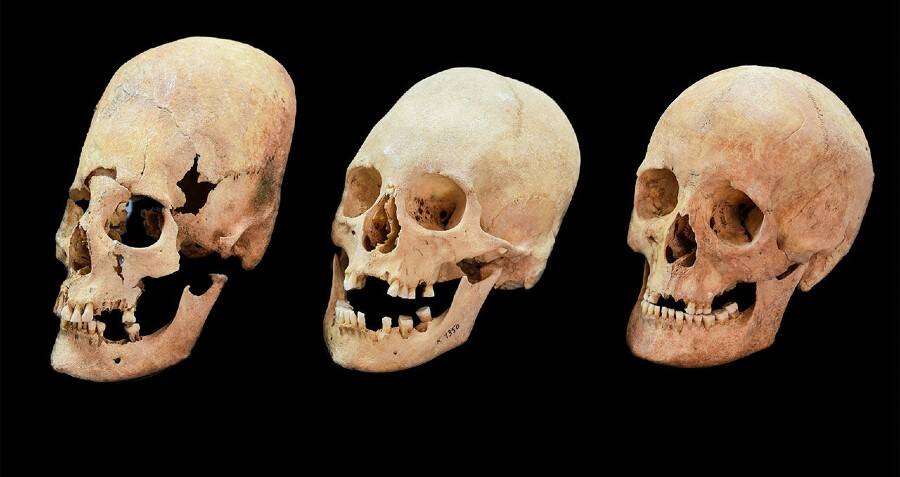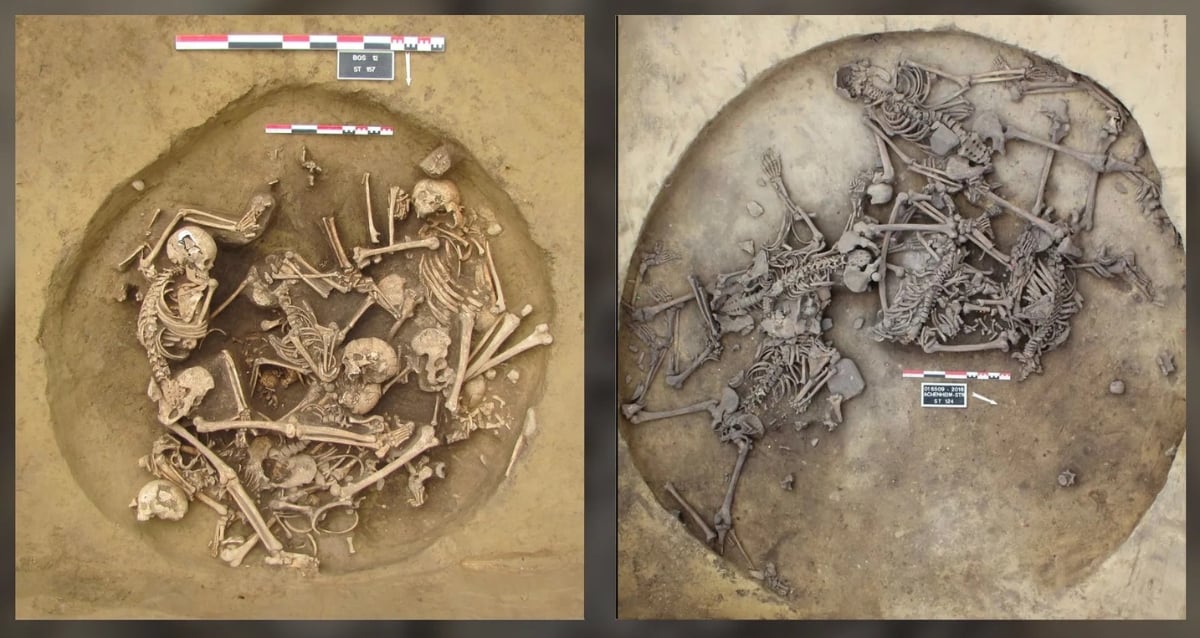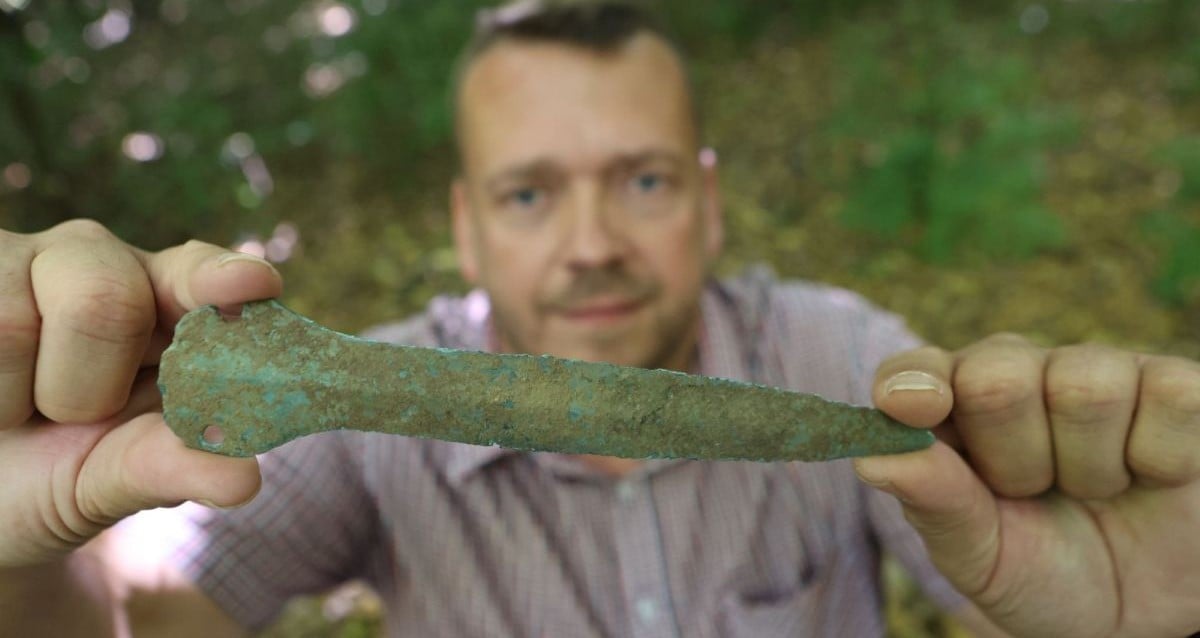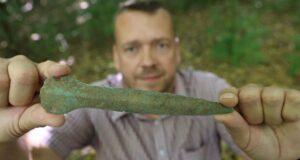Ancient Cemetery in Hungary Reveals Mysterious Elongated Skulls—Could They Unlock Secrets Behind Rome’s Collapse?
Experts first archaeologically surveyed the site, then used a combination of isotope analysis and biological anthropology to inspect the previously-excavated remains.
What they found suggested a highly diverse community of different ages and groups.
One group was established as the original founder group. Their graves were lined by brick, and presumably Roman. A foreign group of 12 individuals yielded a similar isotopic background, which might suggest they arrived within a few years of the area’s inhabitants.
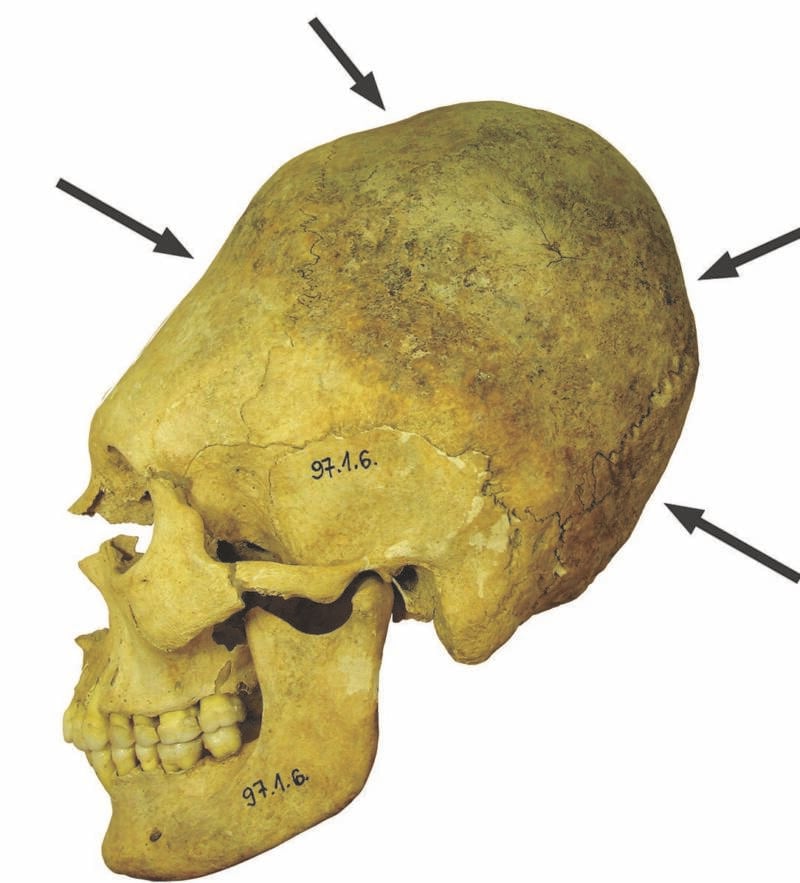
Balázs G. Mende. Research Centre for the Humanities, Hungarian Academy of Sciences, Budapest, HungaryThis skull belonged to an adult woman whose skull was bound in childhood. This led to the elongation of the braincase and depressions in the bone.
The experts concluded it was this second group that introduced the traditions of grave goods and the purposeful elongation of skulls. It was as a result of this, the researchers posit, that a clearly distinct third group — with an assortment of Roman and foreign traditions — was found buried there, as well.
The research team found 51 unnaturally-shaped skulls with clear depressions caused by bandage wrappings. These ranged across all ages and both sexes. While it remains unclear where exactly this tradition was introduced from, archaeologists have found similar skulls all over the world.
Central and Eastern Europe are virtually littered with them — they’ve been discovered from modern-day Austria, Romania, and Serbia, to Slovakia, Croatia, and Hungary. Evidence of the practice has also found in the Americas, Africa, and Asia.
